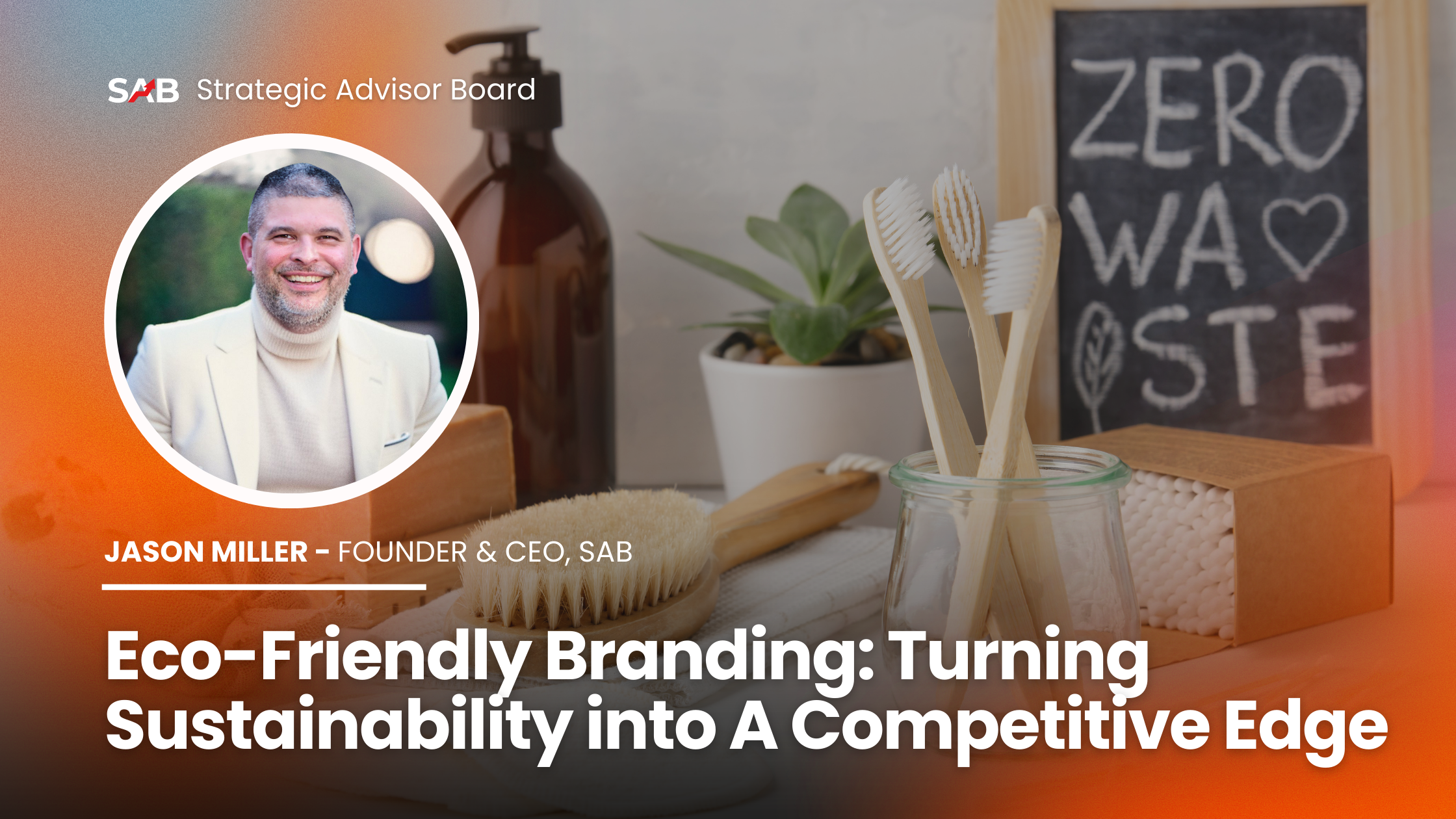
In today's market, consumers are increasingly prioritizing sustainability, driving businesses to adopt eco-friendly practices. Eco-friendly branding not only meets this consumer demand but also offers a competitive edge. By integrating sustainability into your brand, you can differentiate your business, attract a loyal customer base, and positively impact the environment. This blog post explores how to effectively implement eco-friendly branding and leverage it to enhance your competitive advantage.
Eco-friendly branding involves incorporating sustainable practices into your brand's identity, values, and operations. It goes beyond using green logos or slogans; it requires a genuine commitment to reducing environmental impact. This can include sourcing sustainable materials, minimizing waste, reducing carbon footprints, and promoting social responsibility. By adopting these practices, businesses can align themselves with the growing consumer preference for sustainability.
Adopting eco-friendly practices can significantly enhance your brand's reputation. Consumers today are more informed and conscious about environmental issues. By demonstrating a commitment to sustainability, your brand can gain trust and credibility. Positive brand reputation not only attracts customers but also encourages word-of-mouth marketing, leading to broader recognition and loyalty.
Eco-friendly branding helps build a loyal customer base. Consumers who value sustainability are more likely to support brands that reflect their values. When you prioritize eco-friendly practices, you create a connection with these customers, fostering loyalty. This loyalty translates into repeat business, long-term customer relationships, and a stable revenue stream.
In a crowded marketplace, eco-friendly branding can set your business apart from competitors. By highlighting your commitment to sustainability, you offer a unique selling proposition that appeals to environmentally conscious consumers. This differentiation can give you a significant competitive edge, especially as more consumers seek out brands that prioritize environmental responsibility.
Sustainable practices can lead to cost savings and operational efficiencies. For example, reducing energy consumption, minimizing waste, and using recycled materials can lower operating costs. These savings can be reinvested into the business, improving profitability. Additionally, efficient resource use can enhance productivity and streamline operations, contributing to long-term success.
Start by assessing your current practices to identify areas where you can improve sustainability. Conduct an audit of your operations, supply chain, and products to determine your environmental impact. This assessment will help you pinpoint specific actions you can take to reduce your carbon footprint and enhance eco-friendly practices.
Create a comprehensive sustainability strategy that outlines your goals, actions, and metrics for measuring progress. Your strategy should include short-term and long-term objectives, such as reducing waste, sourcing sustainable materials, and lowering energy consumption. By setting clear goals and tracking your progress, you can ensure that your sustainability efforts are effective and aligned with your brand values.
One of the most impactful ways to implement eco-friendly branding is by sourcing sustainable materials. This can involve using recycled or biodegradable materials in your products and packaging. Partner with suppliers who share your commitment to sustainability and prioritize eco-friendly options. By choosing sustainable materials, you reduce your environmental impact and enhance your brand's eco-friendly image.
Focus on minimizing waste and emissions throughout your operations. Implement recycling programs, reduce single-use plastics, and optimize your production processes to minimize waste. Additionally, aim to lower your carbon footprint by using energy-efficient technologies and renewable energy sources. These efforts not only benefit the environment but also enhance your brand's sustainability credentials.
Effectively communicating your commitment to sustainability is crucial for eco-friendly branding. Use your marketing channels to share your sustainability initiatives, achievements, and goals. Transparency is key; be honest about your efforts and progress. Highlighting your eco-friendly practices in your branding and marketing materials helps build trust and engage consumers who prioritize sustainability.
Engage with your community to promote sustainability and raise awareness about environmental issues. Participate in local green initiatives, collaborate with environmental organizations, and support eco-friendly causes. By actively involving your brand in community efforts, you demonstrate a genuine commitment to sustainability and strengthen your brand's connection with environmentally conscious consumers.
Eco-friendly branding is not just a trend; it's a powerful strategy that can provide a competitive edge in today's market. By integrating sustainability into your brand, you can enhance your reputation, build customer loyalty, differentiate from competitors, and achieve cost savings. Implementing eco-friendly practices requires commitment and strategic planning, but the benefits for your business and the environment are well worth the effort. Embrace eco-friendly branding to create a positive impact and secure a sustainable future for your brand.
Are you interested in growing your business with little or no work on your part? Check out our 1-Day Power Intensive to see if it’s right for you!
This article was brought to you by: Jason Miller, AKA Jason "The Bull" Miller, Founder/CEO and Senior Global Managing Partner of the Strategic Advisor Board - What has your business done for YOU today?